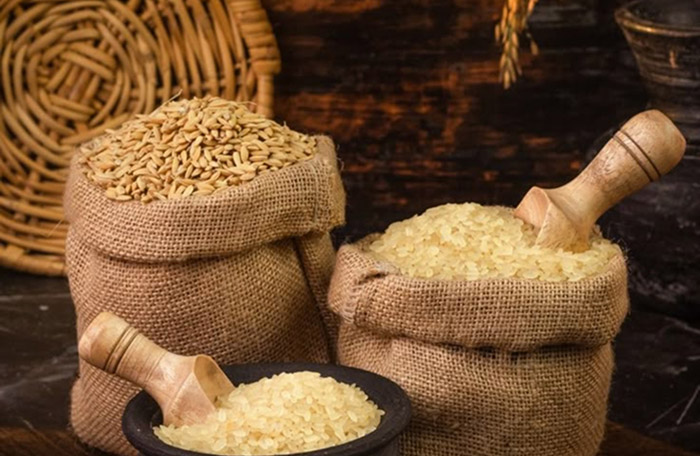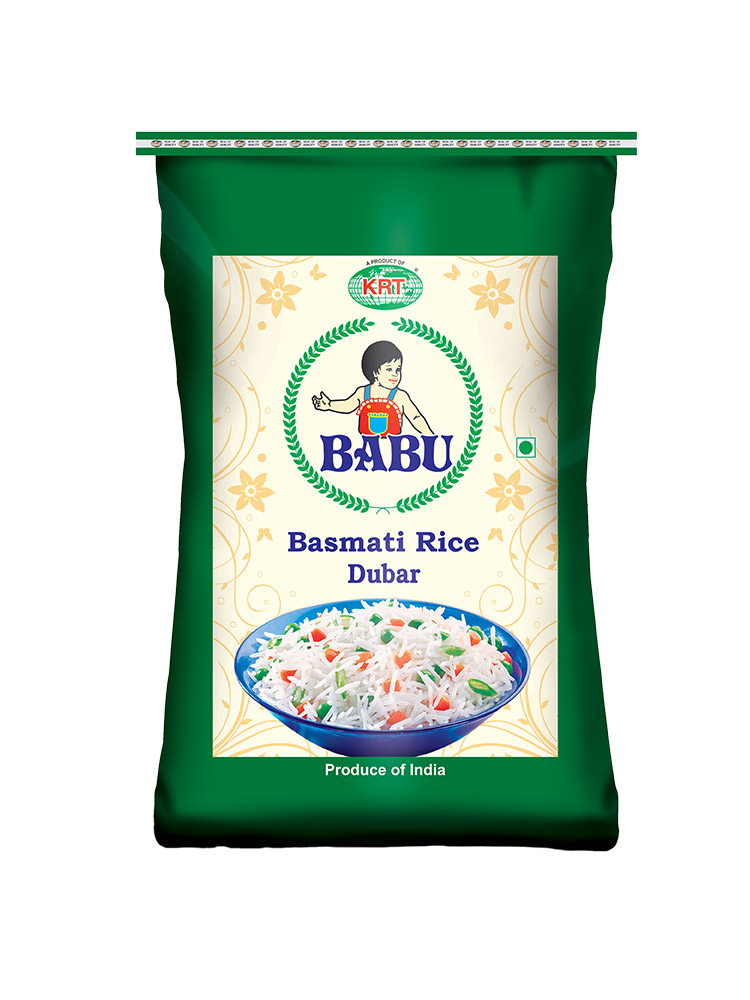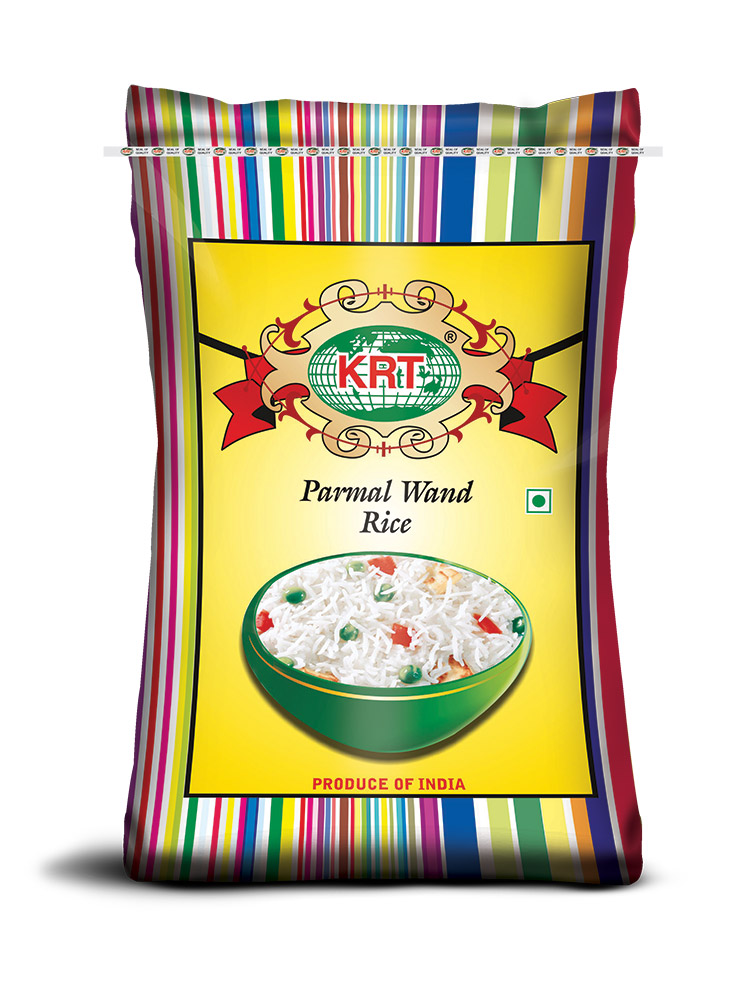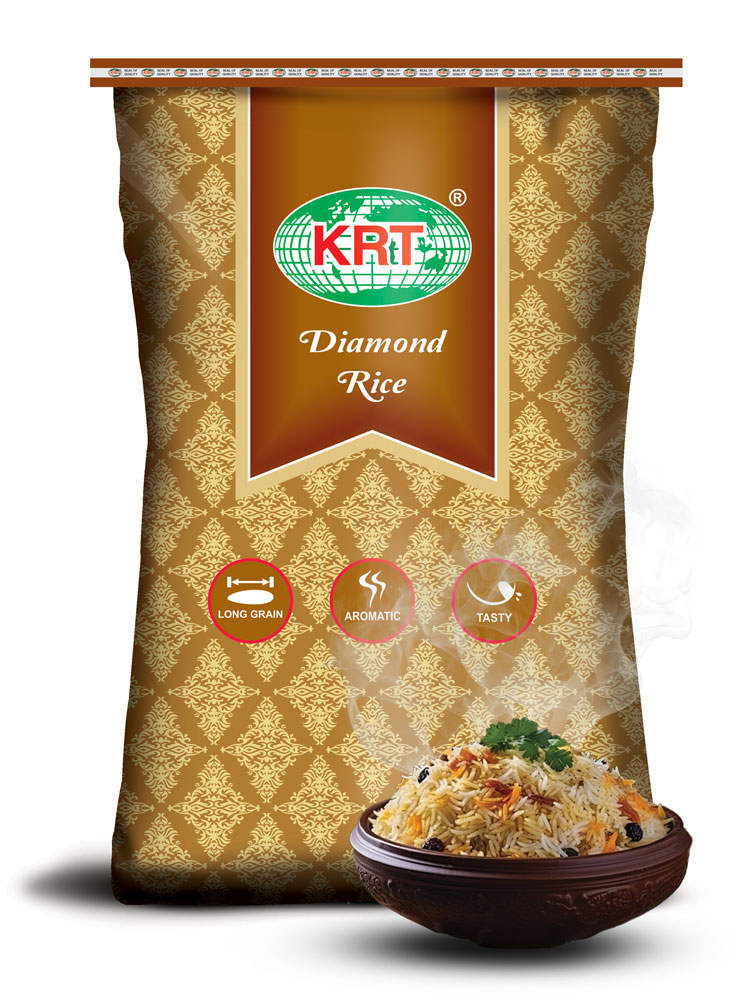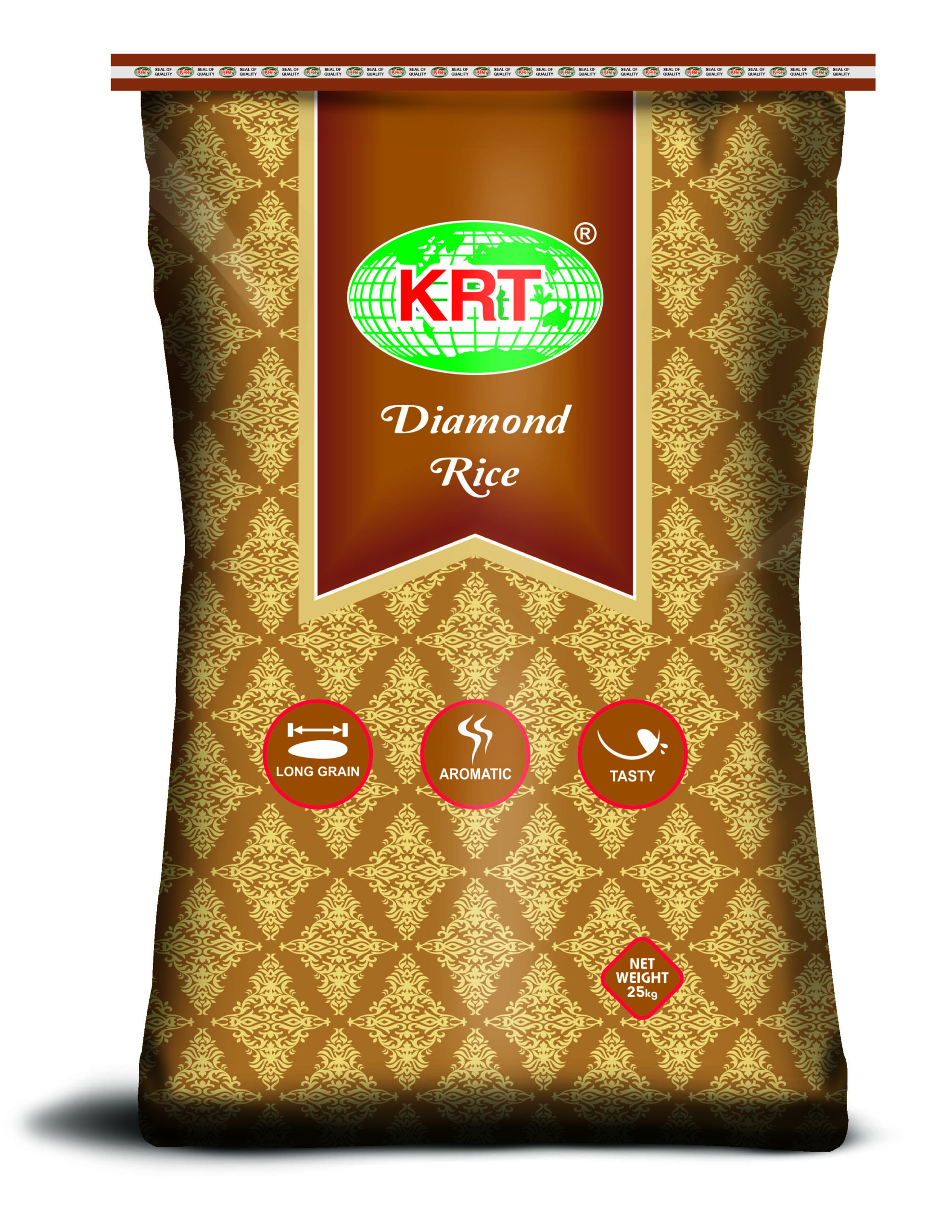Rice has long been a dietary staple in India but for people with diabetes, it’s often seen as a food to avoid. Over the years, several myths have surrounded rice and blood sugar control. So we asked a diabetologist to separate fact from fiction. Here’s what you need to know:
Myth 1: Diabetics should never eat rice.
Truth: Completely false. The key is portion size and type of rice. According to leading endocrinologists, rice especially in controlled amounts can be part of a healthy diet for diabetics. Long-grain varieties like Basmati have a lower glycemic index (GI) compared to short-grain white rice, meaning they release sugar more slowly into the bloodstream.
Myth 2: Brown rice is always better than white rice.
Truth: While brown rice contains more fiber and nutrients due to its bran layer, that doesn’t automatically make it better for every diabetic. Some individuals experience digestive discomfort with brown rice. Well-aged Basmati rice, like that offered by KRT Foods, has a lower GI and is often better tolerated while still being diabetes-friendly especially when paired with lentils or vegetables.
Myth 3: Boiled or steam rice spikes blood sugar instantly.
Truth: Not always. The cooking method, rice type, and what you eat with it matter. Double-siddo (boiled) or steamed rice when cooled and reheated forms resistant starch which slows digestion and has less impact on blood glucose. Eating rice with protein (dal, paneer, chicken) or fiber (salad, sabzi) lowers its glycemic load.
Myth 4: Rice causes weight gain, which worsens diabetes.
Truth: Weight gain comes from calorie surplus, not rice alone. Portion control is key. One cup of cooked rice has around 200 calories perfectly manageable in a balanced meal plan. Skipping rice entirely may lead to cravings and poor dietary satisfaction.
Myth 5: Diabetics should avoid rice at dinner.
Truth: It depends on your overall meal plan, activity level, and blood sugar control. Small portions of rice at dinner especially paired with high-fiber vegetables and lean protein can be part of a healthy diabetic meal. In fact, eating rice earlier in the day or post-workout may improve glucose utilization.
What Experts Recommend:
- Choose long-grain, well-aged basmati (like KRT’s steam or double-siddo variants)
- Cook rice with minimal water and drain excess
- Pair rice with protein and fiber to reduce blood sugar spikes
- Limit to ½ to 1 cup cooked rice per meal
- Avoid overcooking or making it mushy (raises GI)
Final Word from the Diabetologist:
You don’t need to fear rice if you have diabetes. What matters most is how much you eat, what type of rice you choose, and what else is on your plate. Education, not elimination, is the way forward.

